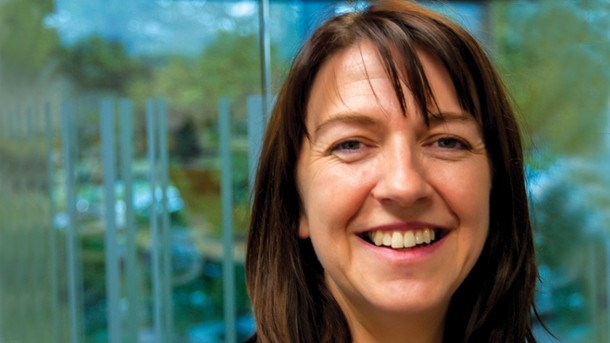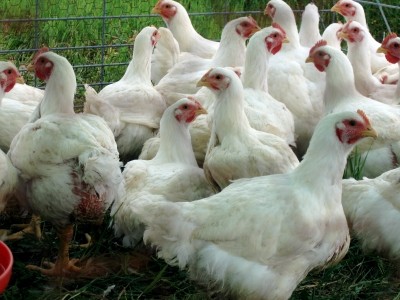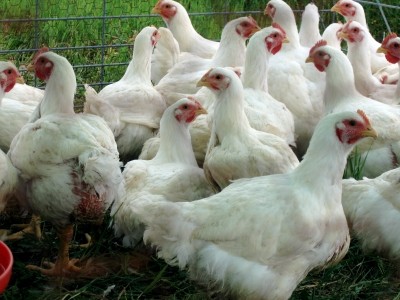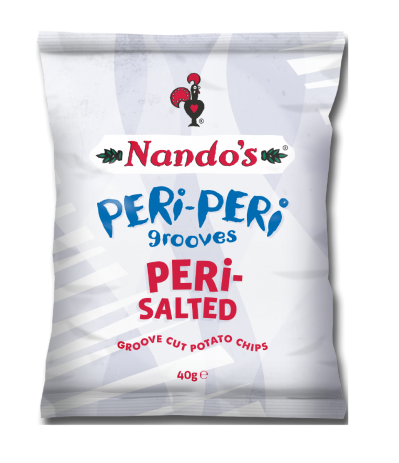Faccenda’s new site takes poultry processing to new height

I worked for 10 years in the lighting industry and developed lighting for greenhouses and motorways, with Siemens initially in research and development, then in production management.
A move to Coca-Cola Enterprises (CEE) brought me into food and beverage and allowed me to broaden my experience. I had roles in production, supply chain and accounts and also supported the global implementation of SAP enterprise resource planning systems, for which I worked in Atlanta and Paris.
I joined Faccenda as portions planning manager in 2006, then had a number of operational roles in the slaughter plant at Brackley before taking on this role in May 2010. I took over from Phil Davidson, who became operations director for the group.
I have always worked in operations in one role or another and have enjoyed the successes that can be achieved when working as part of a committed team.
Invest in capacity (Return to top)
Faccenda bought the Telford factory in 1999. It has continued to invest in capability and infrastructure in conjunction with its Dudley plant and Telford has become the centre of its portioning and retail packing operations.
The new build here represents £33M of investment. It allows all portioning and packing to be consolidated under one roof, with an immediate 20% increase in capacity, from 1M to 1.2M birds a week, with the potential for 1.8M.
The project will also create development space at Telford and Dudley for further growth in product range capability.
The next three years are all about getting the best out of the investment and getting returns for the business. One of the things I have been working on is building a team that's ready for this, which could operate the old site and have the capability to do what we are doing now.
In 2015 we will be doing a lot of lean manufacturing workshops, so by the end of the year the expectation is they will have embedded efficient processes into the factory.
We have worked over the years on a continuous improvement culture that empowers people and invests in them. So far we are getting great customer feedback and that gives me and the whole team a real buzz.
Safety concerns (Return to top)
Campylobacter contamination is a constant concern in the industry and part of preventing it here has been about designing a clean, fast-moving operation, making sure you are keeping product cold. We have minimised product handling, with more automation.
We have eliminated material handling equipment for pallets, crates and boxes on the factory floor by creating a logistics conveying system. It flows better, ensuring product moves to despatch as quickly as possible, maintaining temperature. It is more efficient, more hygienic and, most importantly, safer.
Health and safety is something we take very seriously right from design whether it's thinking about people flow or eliminating manual handling equipment and reducing heavy lifting.
We have every employee trained in their first year to NVQ Level 2. We then train managers to Institution of Occupational Safety & Health standards and have senior managers qualified with National Examination Board in Occupational Safety & Health.
In addition to this we have access to a group health and safety team and work with external consultants.
We are employing robotic technology to pack product and packs with the right raw material. We are also implementing a new warehouse management system and a new package management system. In package management we are embedding quality checks and audits and making them control the process. For example, a failure to check gas pressure in sealed packs will result initially in an alarm going to key people's smart phones. This can ultimately stop a line until a satisfactory result is achieved.
We have worked really hard on product and people flow and have ensured that the plant design facilitates these things. Lots of new factories have great process flows, but fail to accommodate or prioritise the flow of sub-materials and by-products as well as people. We are really proud of the way we have designed these into the plant.
Positive impact (Return to top)
Despite being built on what is essentially an industrial estate, we do have a number of close residential neighbours on the estate boundaries who enjoy a quiet and rural existence. We have worked openly with them so we can ensure the new build has a positive impact on this.
We re-sited despatch and introduced more electric points and quieter running units. Also, the design of the site incorporated a one-way system, which has reduced the amount of traffic at the boundary in closest proximity to residents.
Environmentally we have used innovative technology throughout the new build including new high-insulated panels, variable speed drives on air vacuum and refrigeration equipment. We have also gone for LED lighting throughout.
We enjoy working with a loyal and dedicated workforce and we have great retention rates. This year has been so challenging with the relocation of operations from Dudley but the fact that we will retain about 180 of the staff from there shows that loyalty.
We are committed to higher wage rates and a no zero-hours policy.
Operations (Return to top)
Operations start at 10pm on Sunday and go through to Friday, with most of the weekend reserved for cleaning. We make chicken portion packs in modified atmosphere packaging, mainly for retailers’ own-label ranges. We also make individually quick frozen retail and wholesale portion products, including flavoured lines, and process some meat for ready meal manufacturers, as well as mechanically separated meat and mince products. Probably about 85% of what we produce is for retail and 15% for foodservice. Nandos is our biggest foodservice customer.
As a business we have added-value product areas now. We may not necessarily make these products at Telford, but through the project we have created the space to expand in these areas. Often the restraint on development has been space, but we have resolved that.
We see continued growth in portions an affordable and healthy protein people can relate to, so clearly as the business grows having the capacity to push on to 1.8M 2M birds a week is crucial. But it’s also about new business and integrating what we have.
Importantly, we see this potential for growth and we have ensured the infrastructure here at Telford is right and we feel we have created an environment which will be valued by our customers, making Telford a flagship site for customer visits and joint development work.
Listen to our exclusive podcast to hear Gormley the equipment and technology that enable the Telford plant to maximise efficiency.
Personal (Return to top)
Name: Catherine Gormley Age: 47
Domestics: Divorced, no children
Outside work: I enjoy mountain walking more than anything else anything remote and challenging, so I can truly clear my mind and fix big problems. I spent a lot of time when I was younger exercising my mind, gaining a Masters in manufacturing and an MBA. Now I’m redressing the balance.
Biggest challenge: Having to follow my boss. He was the group’s operations director and was largely responsible for Telford’s and Dudley’s development into the business’s portioning centre. I inherited his team and it took some time to feel comfortable in the role and to feel it was truly mine.
Factory facts
Location: Hortonwood 60, Hortonwood, Telford, TF1 7GL
Size: 11,148m2 production space, including mezzanine
Staff: 900
Products: Fresh and frozen chicken portions
Customers: Asda, Costco, Nando’s, Lidl
Output: 1.2M birds a week, moving to 1.8M















